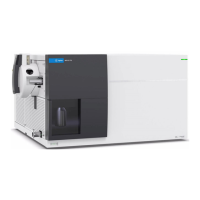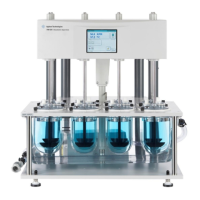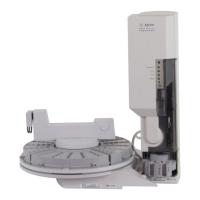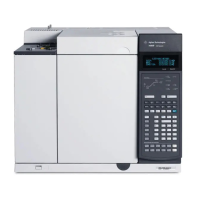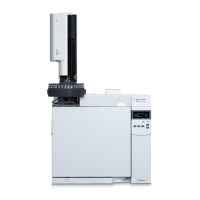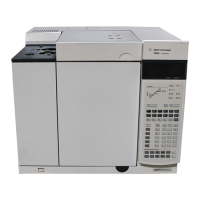148 Troubleshooting and Maintenance Manual
7 Analyzers and Collision Cell
EI Ion Source
The EI ion source (Figure 27) operates by electron impact ionization. The
sample enters the ion source from the GC/MS interface. Electrons emitted by a
filament enter the ionization chamber, guided by a magnetic field. The
high-energy electrons interact with the sample molecules, ionizing and
fragmenting them. The positive voltage on the repeller pushes the positive ions
into the lens stack, where they pass through several electrostatic lenses. These
lenses concentrate the ions into a tight beam, which is directed into the mass
filter.
Ion source body
The ion source body (Figure 27) is a cylinder. It holds the other parts of the
ion source, including the lens stack. With the repeller and the drawout plate, it
forms the ionization chamber. The ionization chamber is the space where the
ions are formed. Slots in the source body help the vacuum system to pump
away carrier gas and un-ionized sample molecules or fragments.

